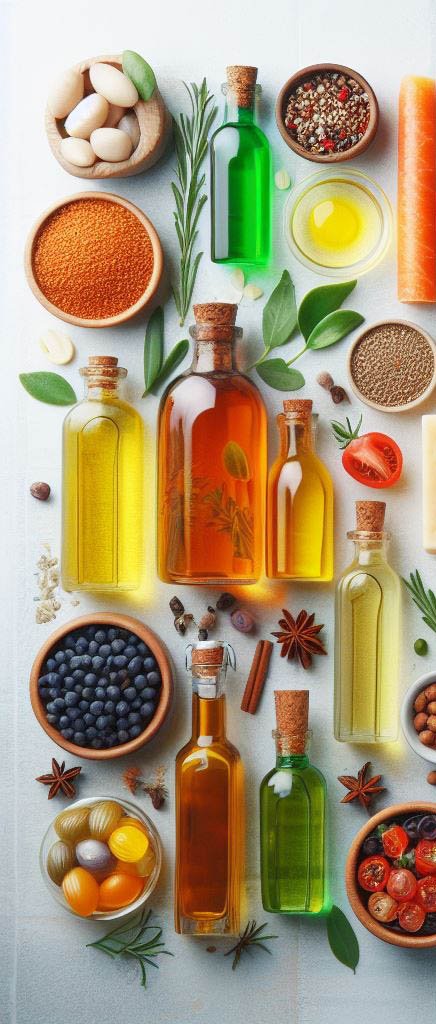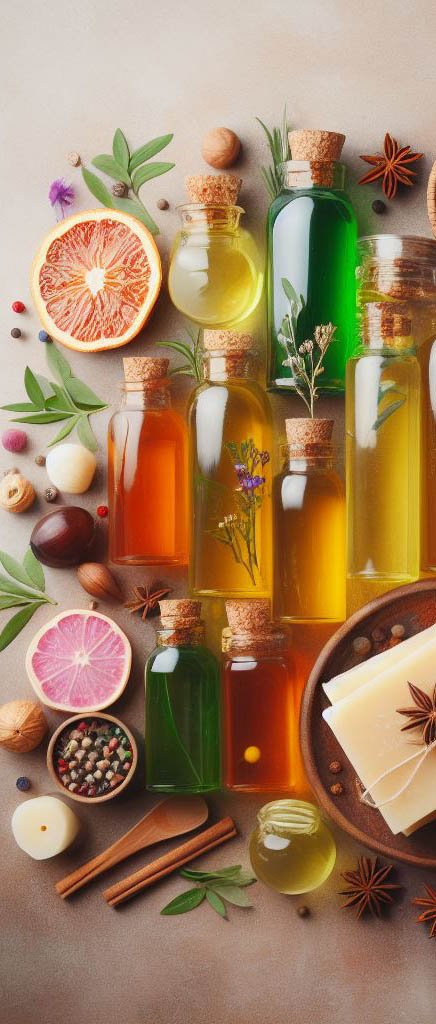1) Not coming to trace
CAUSE:
Recipes with thin liquid oils can cause soap to take longer to come to trace. Castile bars can do this. Or you could have added too much water and not enough lye. Or your temperatures are too cold for a good chemical reaction.
SOLUTION:
Make sure your temperatures are right. Watch for light trace. You should not have to blend for an hour. Did you add the lye water?
Your batter may be very thin, but if you’ve really emulsified the oils with the water, use a good light to look for a slight trail left behind when soap is drizzled over the top.
2) Coming to trace too fast
CAUSE:
Higher temperatures, using a stick blender, and adding certain ingredients can all cause soap to come to trace quickly.
SOLUTION:
When using honey and a lot of other hard fats and butters, watch your batter carefully. Don’t use a stick blender if you want to have more time before it sets.
3) Seizing in the pot
CAUSE:
Seizing can occur when the soap comes to trace too quickly or the temperature cools at the same time the soap starts to come to trace, solidifying the oils.
SOLUTION:
Scoop as much as you can into the mold. If you cannot even scoop the soap out of the pot, which is very rare, then you need to finish by hot-processing (see here).
4) Hard, chalky soap that crumbles when you try to cut it
CAUSE:
Your recipe has too much lye.
SOLUTION:
Measure your lye carefully every time! If this happens, save it by hand-milling (see here ) and add a tablespoon or two of water.
5) Liquid oozing from soap
CAUSE:
You may have had false trace, where the oils were not fully emulsified but cooled and hardened instead of actually reaching trace.
SOLUTION:
Save by hand-milling (see here).
6) Gel-like soap with wrinkled top
CAUSE:
Your soap overheated.
SOLUTION:
If it is hard, it’s still fine to use. If you don’t like the wrinkled top, shave it with a potato peeler. If it’s soft, it may need to be hot-processed or allowed to cure longer.
7) Soap begins to crack or bubble up in the middle
CAUSE:
This usually occurs only when soap with extra sugars from juices, milks, or alcohol become overheated.
SOLUTION:
All recipes with juice, milk, or alcohol have steps to ensure that this doesn’t happen. Start with alcohol boiled off and milk, juices, or alcohols frozen to a slush. If this still happens, carefully uncover and place the mixture in the refrigerator if possible.
8) White powder on top of soap
CAUSE:
This is known as soap ash and is purely cosmetic.
SOLUTION:
The only sure way to avoid soap ash is to carefully place parchment paper directly on the top surface of your soap after pouring. This isn’t possible in molds with inserts and can ruin some designs; in these cases try to keep your soap well insulated. If you want to get rid of it, simply shave it off with a potato peeler or rub very gently while you rinse the bar. Don’t touch as it dries to avoid fingerprints.
9) Dark center and light edges
CAUSE:
This is known as a partial gel. If too much heat is lost around the edges of the mold, the outer edges of the soap will not gel. It is purely cosmetic.
SOLUTION:
Just make sure that you insulate better the next time you use that recipe. If this happens often, you may want to consider placing newly poured soap in a 170°F oven until fully gelled. The entire batch will look dark. Then remove and allow to cool.
10) Crooked soap
CAUSE:
Curing on an uneven surface.
SOLUTION:
Get a level or use an app on your phone to see if the location that you want your soap to rest is level. If your floor happens to be very uneven in that spot, your soap will come out lopsided.
11) Soap remains soft, even after days in the mold
CAUSE:
You probably didn’t add enough lye.
SOLUTION:
You can still use this batch for personal use. It will continue to harden over a few weeks but will not be a long-lasting bar. You can turn this soap into a moisturizing hand soap: Shave 4 bars with a potato peeler and add them to a gallon of water, then heat lightly until melted.
12) Soap separating in the mold
CAUSE:
It wasn’t properly blended, so the oils and water did not fully emulsify.
SOLUTION:
Scrape the soap back into the pot and blend until emulsified, then return the soap to the mold.
13) Soap has colored spots
CAUSE:
Fresh herbs or teas were not prepared properly or the oils in the soap are gpoing bad.
SOLUTION:
Dried herbs are better than fresh, because teas and herbs can bleed into the soap over time. This is why I suggest making tea before using the tea leaves. You can always incorporate the tea water into your soap as well. If the spots are orange or brown from oils going bad, there’s really nothing you can do. Always store soaps in a cool, dry location out of the sun.
What is the Gel Phase?
The gel phase is a natural stage in the saponification process occurs during insulation. If soap is insulated, the entire batch can heat up enough that it darkens and looks like gelatin. This phase doesn’t last; after the soap gets through the bulk of the saponification, it will begin to cool. You’ll then see it lighten significantly.
If you join any soapmaking groups or forums, you will constantly hear people talking about whether they gel their soap or not. Many people are passionate about their decision.
GELLING PROS
I prefer to allow my soap to go through gel phase for two main reasons:
- BRIGHTER COLORS
Natural colorants are significantly enhanced by gelling. - FASTER HARDENING
There is not a huge difference, but the water seems to evaporate faster, so the soaps are ready sooner.
GELLING CONS
However, you can run into a few problems with your soap gelling:
- PARTIAL GELLING
This occurs when the center of the soap heats up and gels, but the outer edges do not. Partial gelling creates a darker circle in the middle of your soap, with the outer edges being lighter. In my opinion, most of the time it makes the soap look more interesting! - OVERHEATING
In recipes with milk or alcohol, I specifically tell you not to insulate. Once you know your mold and how it holds heat, you can decide differently. Sugars from milk, honey, wine, purées, and juices can accelerate the saponification process and cause a quick rise in temperature. This heat needs to be released. If you’ve insulated a hot soap, it can crack, wrinkle, or -very occasionally-turn a dark, gel-like consistency and stay that way. - DARKER COLORS
You may want a whiter soap. If so, don’t gel your soap, and don’t insulate at all.
TIPS FOR GELLING
As long as you are careful to not let soaps with added sugars overheat, you will have soaps that have gelled while retaining bright colors.
- FOR MILK, HONEY, OR JUICE SOAPS: Cover with parchment paper or the mold’s lid and don’t insulate. They will probably go through the gel phase anyway, but without insulation they will not overheat. I also give you lower temperatures for those recipes. This will help everything stay cooler while still being hot enough to saponify.
- FOR ALL OTHER SOAPS: If the temperature in your house is above 75°F(24°C), just cover with parchment paper or the mold’s lid and then cover with a towel. You can add another towel around the outside to avoid a partial gel. If your house is below 75°F(24°C), cover with a blanket or 2 to 3 towels. This will help the soap maintain enough heat to gel throughout the batch, deepening that beautiful color.




Pingback: MAKING NATURAL SOAP AT HOME - PIPPOO NATURAL
Pingback: MAKING BASTILLE SOAP - PIPPOO NATURAL